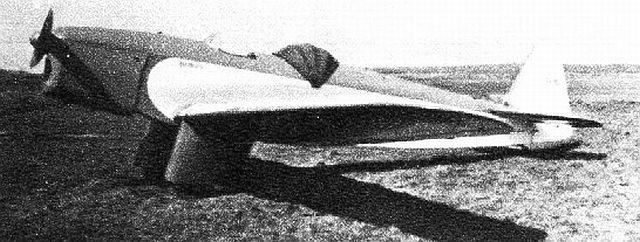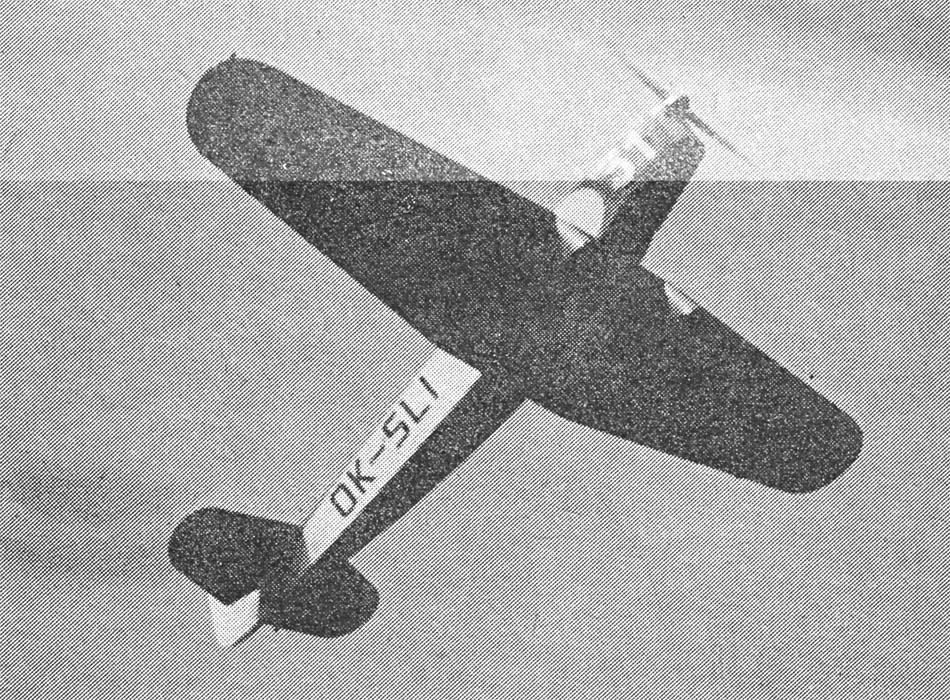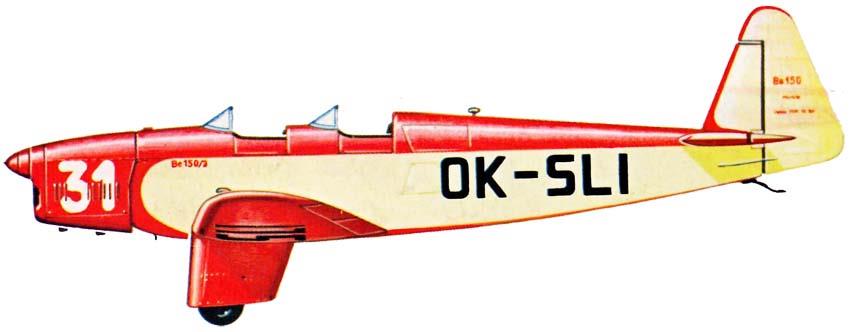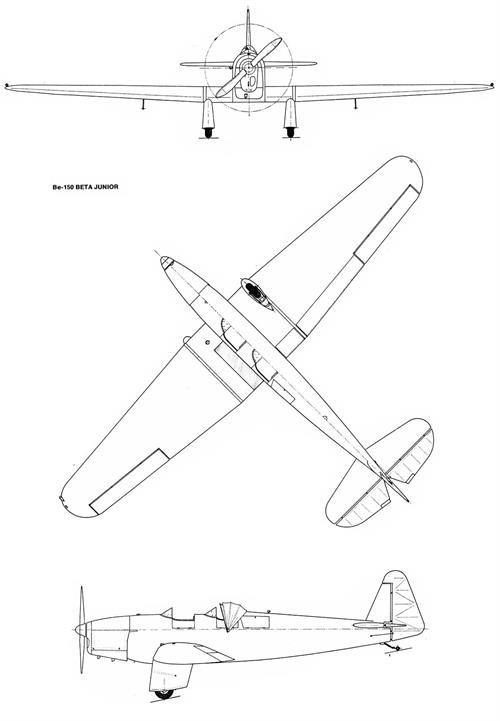| Type |
Werk.Nr |
Registration |
History |
|
|
|
|
|
|
|
|
|
|
|
|
| Type |
Two seat trainer |
| Engine |
1 Walter Minor 4-I |
| Dimensions |
Length 7,55 m , height 1,80 m , span 10,66 m , wing area 14,0 m2 , |
| Weights |
Empty 500 kg, loaded , max. take off weight 790 kg |
| Performance |
Max.. speed 215 km/h , cruising speed 180 km/h , range 750 km, endurance , service ceiling 5500 m , climb |
| Armament |
|

After the completion of the Be.50 and Be.51 series, five unused Walter Minor 4-I engines remained at Benes & Mraz Tovarna na Letadla. Pavel Benes decided to take advantage of this opportunity and build a smaller version of the aircraft.
The new aircraft was designated Be.150 Beta-Junior , and was a cantilever two-seat low-wing aircraft. The first flight of the prototype took place on January 5, 1937. For instrument flight training, the rear cockpit was equipped with a special hood.
Despite MNO's refusal from serial production, they still managed to complete two more aircraft. All three Be.150s were initially used at the flying club for sports performances, and after the outbreak of World War II it was transferred to the Slovak Air Force as a training aircraft.
The first aircraft, equipped with a 90 hp Walter Minor 4-I engine, was successfully tested and received the registration number OK-BEB. After several successful performances at competitions, the aircraft began to enjoy popularity among customers. A total of 43 Be.50s were built.
In the summer of 1936, another smaller version of the aircraft was produced, but with a Walter Major 4 engine. The aircraft, designated Be.250 Beta-Major , took off on 20 July 1936. It remained built in a single copy (OK-BEN). Before the arrival of the Germans, the Be.250 was damaged and restored only after the war, transferred to the Czechoslovak Air Force under the designation S-25.






